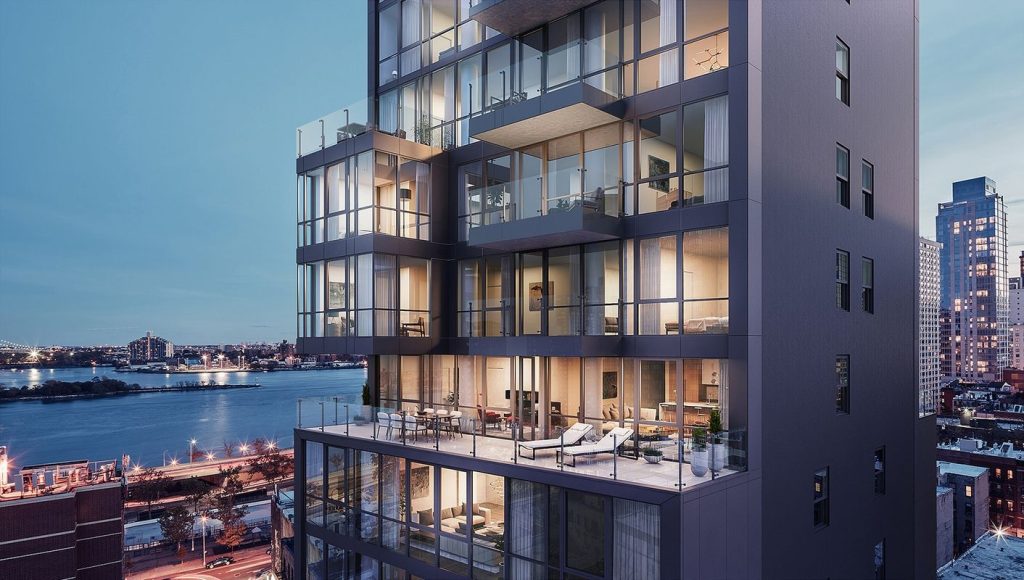Modern strata-titled apartments have emerged as a practical solution for sustainable living, providing an innovative way to reduce the ecological footprint while meeting the growing demand for urban housing. These developments combine individual ownership with shared responsibility, promoting efficient use of resources and enhancing community cooperation. One of the key features of strata-titled apartments is the integration of energy-efficient designs and technologies. Many modern apartments incorporate smart building systems that regulate heating, cooling, and lighting based on occupancy and external weather conditions. This reduces unnecessary energy consumption and ensures that residents only use the resources they need. Additionally, energy-efficient appliances, LED lighting, and high-performance insulation are standard, contributing to lower electricity bills and a reduction in greenhouse gas emissions.

Water conservation is another significant aspect of sustainable living in strata-titled apartments. Building managers often implement water-saving technologies such as low-flow faucets, dual-flush toilets, and rainwater harvesting systems. These systems help minimize the consumption of potable water and reduce the strain on local water supplies. Additionally, the shared nature of these developments allows for the installation of more advanced, cost-effective water treatment systems that may not be feasible in individual homes. Sustainability in these buildings also extends to waste management. Many strata developments include centralized waste and recycling systems that make it easier for residents to separate recyclable materials from waste. By encouraging the reduction of landfill contributions, these systems promote a culture of sustainability among residents, helping to divert waste from overflowing landfills and reducing environmental pollution. The community aspect of strata-titled apartments fosters a shared responsibility for environmental stewardship. Common areas, such as gardens, courtyards, and green rooftops, often feature sustainable landscaping practices.
These spaces may include native plants that require less water and chemical inputs, contributing to biodiversity and providing residents with green spaces for relaxation and recreation. Moreover, shared resources such as electric vehicle charging stations and carpooling initiatives promote sustainable transport options and reduce the number of vehicles on the road. The design of modern strata-titled apartments also prioritizes walkability and public transport access. By locating these developments near public transit hubs, residents are encouraged to use more sustainable modes of transport, further reducing their carbon footprint. The compact, high-density nature of these apartments minimizes land usage, preserving green spaces and preventing urban sprawl. Woodlands EC apartments offer a comprehensive approach to sustainable living by incorporating energy-efficient technologies, water conservation practices, waste management systems, and community-driven environmental initiatives. This model not only supports a greener lifestyle but also fosters a sense of shared responsibility, making it an ideal solution for future urban development.

